The Gaza Kitchen: A Palestinian Culinary Journey by Laila El-Haddad and Maggie Schmitt
$ 29.99
Reviewed in the Washington Report on Middle East Affairs
Most Americans, if they know anything about Gaza at all, are aware only of its refugee camps, Hamas, rocket attacks, and frequent Israel Defense Forces (IDF) invasions. While Gaza is certainly no stranger to conflict and devastation, Gaza City and its environs have a rich history stretching back 3,000 years. A number of authors have taken on the challenge of introducing Western audiences to the macro and micro narratives of Gaza and the Palestinians who live there. Works such as Gerald Butt's Life at the Crossroads, and Sara Roy's books, Failing Peace and Hamas and Civil Society in Gaza, have expertly captured larger historical, political and economic stories, while a number of powerful memoirs (I Shall Not Hate, and Eyes in Gaza) have reflected the personal experiences of life in Gaza (all are available from Middle East Books and More).
Yet, no book has managed to capture the full picture of the Gazan experience as thoroughly as The Gaza Kitchen. Through an exploration of the intimate world of home-cooked meals, this cookbook is more than just a collection of recipes; it is the stories of the men and women involved in food production from the fields to the kitchen, as well as the effects of humanitarian aid, history, internal political forces and Israel's ongoing siege. The Gaza Kitchen is an anthropological record, an economic indictment, a practical cookbook, and a fascinating read.
The authors focus primarily on collecting the traditional meals that their informants proudly identify as their heritage. Accompanied by pictures showing calloused hands crushing garlic in a zibdiya, or massaging a roll of kmaj, each recipe includes insights from a lifetime of cooking. The cuisine of Gaza is, in fact, the cuisine of Palestine, due to the intense concentration of refugees who fled to the 25-mile long Strip in 1948 and now constitute about 80 percent of the population. This unprecedented period of regional upheaval saw the introduction of culinary variations from hundreds of villages throughout historic Palestine. In Gaza, one can find families eating northern Palestinian cuisine, characterized by tart yogurt-based sauces, as well as southern variants using tomato-based soups or coastal dishes known for their seafood and exotic spices. As El-Haddad and Schmitt observe, Gaza is a case study, "key to understanding the conflict as a whole."
Over the past 60 years eating habits in the region have been altered by Israeli-imposed isolation. The forces of de-development, a term Sara Roy used to describe the methodical dismemberment of an indigenous economy by the dominant one, have kept Gaza in a constant state of near economic collapse. El-Haddad and Schmitt outline how Israeli policies deliberately transformed a "fertile, productive, sustainable territory into a radically impoverished powder keg...at the brink of ecological disaster," and created "a cage full of consumers." Israel blocks nearly all exports, creating a situation the authors describe as autonomy "exchanged for dependence...where rights should be there is charity." Examples of how this affects the food consumed in the Strip are littered throughout The Gaza Kitchen: electricity shortages dampen demand for local dairy products that can easily spoil; Israeli officials intermittently allow cheaper Israeli goods through the border, destabilizing the price of regularly consumed foods such as tahina, turning the unique local variety of red tahina into an endangered species. The list goes on.
A potent example of how political realities have created new traditions is the use of purslane in the nutritious stew called Rijliya (p. 74). This small-leafed succulent grows throughout North Africa and the Middle East. Found in sidewalk cracks and vacant lots, it is widely considered a weed. However, many Palestinians remember subsisting on the plant during their exodus in 1948. One of the authors' informants, 89-year-old Um Ibrahim, recalled finding the plant growing in between bushes while fleeing Zionist militias in 1948. "For a long while," she recounts, "it's all we survived on."
Wild greens and herbs have long found their way into Palestinian meals, but plants such as the ubiquitous za'atar (Origanum vulgare) have become unavailable in Gaza due to the Israeli-imposed travel ban that blocks Palestinian travel to the West Bank, where it grows best. In fact, since 1977 Israeli law has forbidden the plant's use for all Palestinians, declaring the fast-growing herb a "protected species" and threatening foragers with hefty fines. Condemning the ancient tradition of za'atar cultivation as well as bans on other herbs is widely seen as strictly anti-Arab.
Yet, The Gaza Kitchen is not a catalog of lamentations. As they are elsewhere in Palestine, homemakers, farmers, fishermen, cooks and street vendors in Gaza are resilient. One of El-Haddad and Schmitt's informants, Um Hana, remains radiant despite having just recalled how the Israelis used white phosphorus on her neighborhood during Operation Cast Lead (2008-2009). Notwithstanding the constraints placed on Gazans at all levels of society, they continue to celebrate their traditions. El-Haddad and Schmitt excellently maintain the balance between documenting hardship and extolling an irrepressible culture. With helpful conversion charts, a guide to key ingredients and substitutes, and too many classics of Gazan cuisine to mention here, about the only element missing is an index. Regardless, The Gaza Kitchen is a practical and endlessly browsable collection of stories and recipes.
Reviewed by Andrew Stimson, former director of the AET Book Club.
Year: 2021

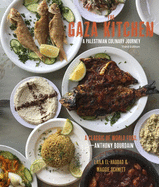
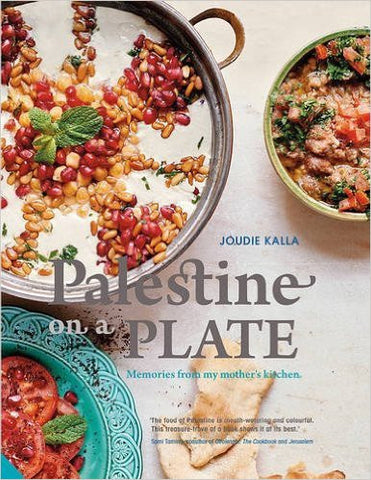
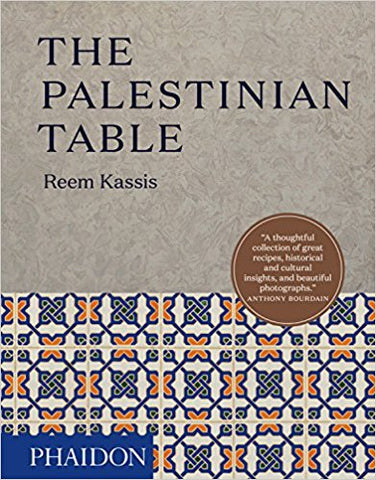
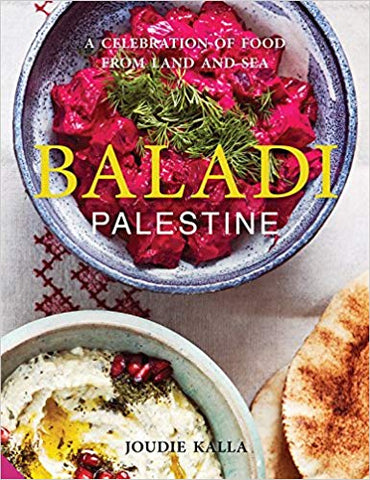
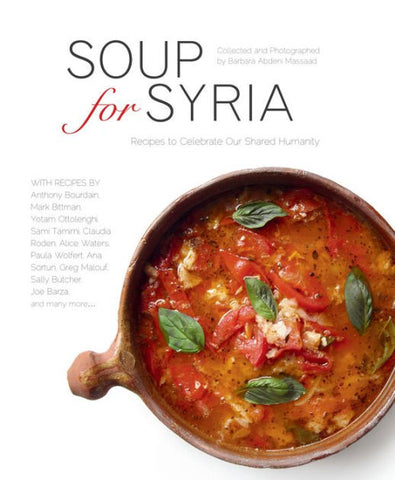
Share this item: